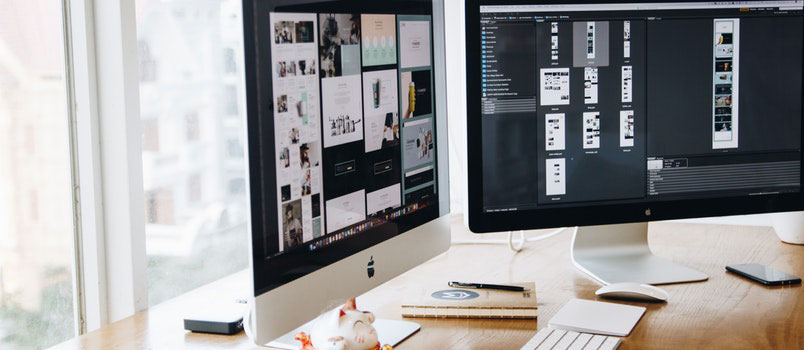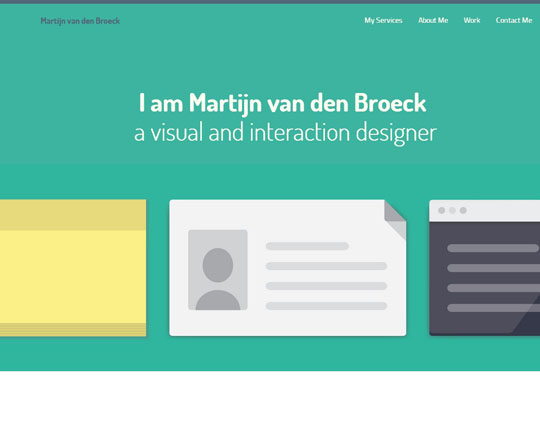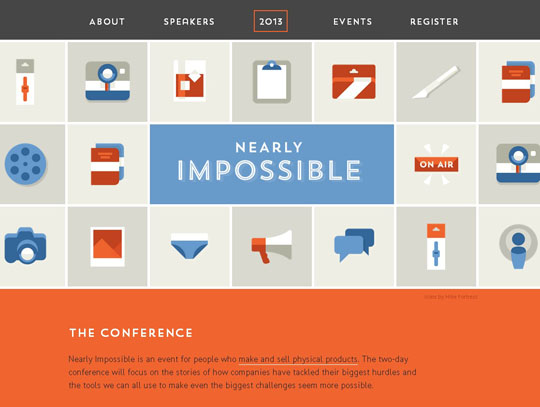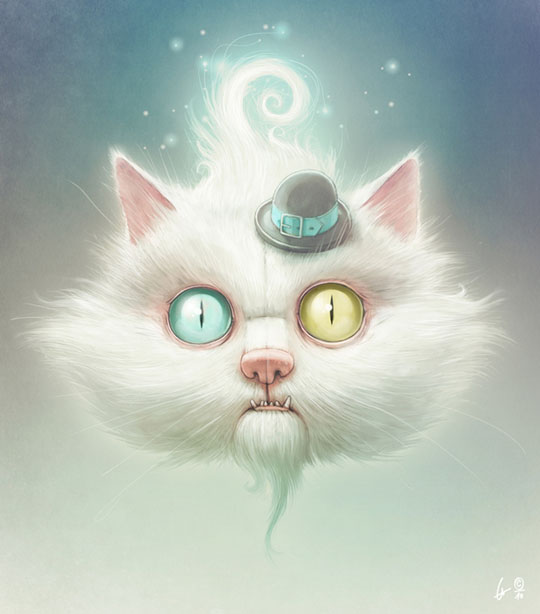Virtual and augmented reality is not yet common, but some of the industry’s best practices can be used now. Let’s consider how they affect the design and usability, and what you can use in the design of your site now.
The differences between the two technologies
Virtual Reality (VR) simulates a separate world. Interaction requires special devices that transmit human movements and affect the senses, most commonly a helmet or glasses.
Most VR content in the gaming industry, but for a wide range of applications devices lack the power, content is difficult to adapt, and because of the quality of video after immersion in the “virtual world” dizzy.
It’s easier to work with Augmented reality (AR). This is a real-world, augmented by virtual elements that “expand” or “enrich” it.
According to Forbes, almost 75% of the world’s brands use VR applications in their industry to improve their service level.
Augmented reality is already helping to visualize how Ikea furniture will look in your interior, using only a smartphone app, and it also provides opportunities:
– to see a hotel room before you book;
– try on your clothes, using your avatar on shopping sites;
– take a test drive in a car;
– use a map;
– to learn more about the brand;
– play a game related to the brand.
According to a study conducted by Sketchfab, one of the largest platforms publishing 3D content, the majority of community members (49.1%) believe that games will remain the main area of VR application. Education comes second and medicine comes third.
Another study by Statista shows that both virtual and augmented reality markets will grow to $29.5 million in 2020, up from $7.1 million in 2017.
It is difficult to make a prediction about the non-game industry, but experts say that there is huge interest in this technology from business and society. Be the first to make an order at web site design company in Cairo, Egypt.
Technical giants including Facebook and Microsoft are investing millions of dollars in this area, which gradually turns VR web design from a science fiction dream into reality.
VR technology in advertising
Companies from different segments already use VR in advertising. Volvo tries to convey the feeling of driving with the app, while Oreo shows the world of chocolate in its 360 videos.
Beyond games, augmented reality becomes a bridge between offline and online sales.
At Zara stores in Spain, for example, a customer can scan the item they are going to try on and, if necessary, immediately ask a consultant to bring in a different size or color.
VR technology in web design
Attempts to create a ” three-dimensional” user experience began in 1962 with work on a Zooming User Interface. The workspace contained the main elements, and additional elements appeared as the content approached and increased. Zooming User Interface was supposed to increase the level of engagement and visually enrich as well as simplify the user experience. These ideas contradicted each other, and the technology did not take root.
While we’re not yet wearing VR glasses every day, the technology has already affected the online user experience. First of all, it is the appearance of 3D maps and 360 content – the ability to see the product from different angles, “walk” on Google Earth or the hotel where you want to book a room.
Despite the high accuracy of the imitation of the surrounding reality, virtual reality technology is still in the stage of skeuomorphism, interfaces imitate the outside world. New technologies are aimed at a wide range of users, it is necessary to get used to it.
Augmented Reality has already passed the first stage, and it can be used in advertising campaigns to give the user a better idea of the product and increase the level of involvement.
In the next stage, the emulation of the real world is no longer needed, all information noise disappears and there is a trend towards minimalism, clean interfaces.
The transition to this stage requires mass access to devices and sufficient content, but existing developments can already be applied to the design of your site.





